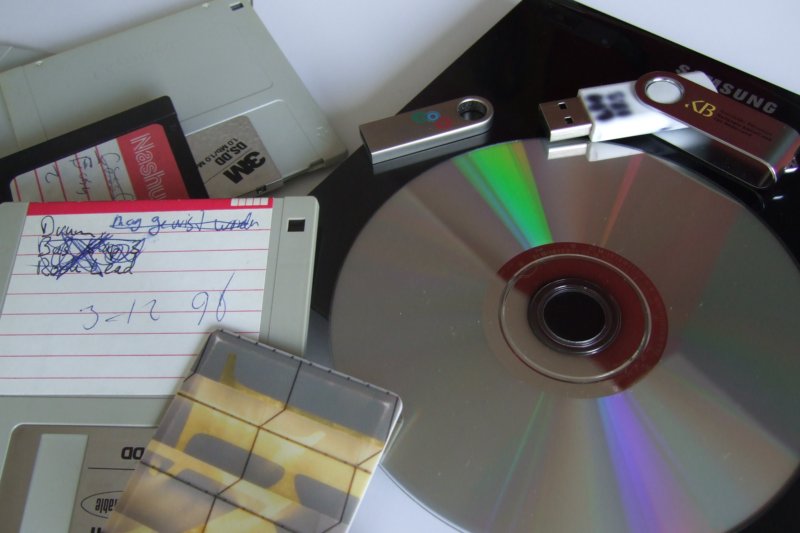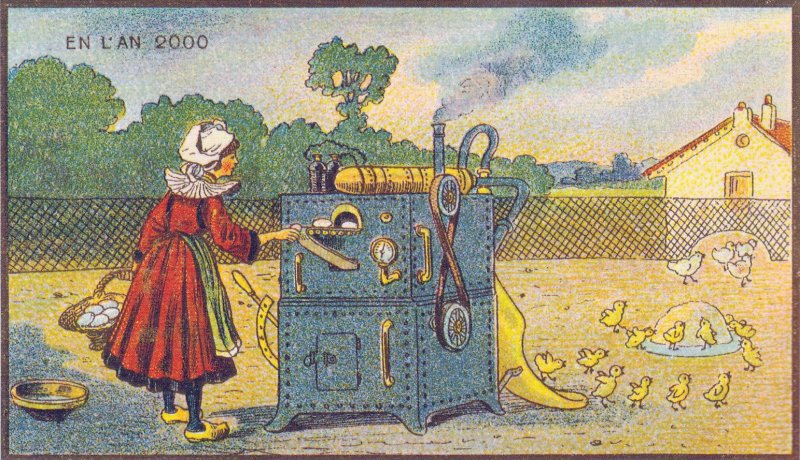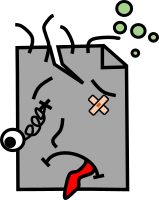How to preserve your personal Twitter archive

As a total collapse of Twitter is becoming more likely every day, many Twitter users have started to archive their personal data from the platform while it still exists. Twitter allows you to request and download your personal archive. Even though this works well, and the quality of the archive is surpringly good, it does have some shortcomings. The result of these shortcomings will be that some information in the archive (e.g. on followed accounts and followers) will be lost once Twitter ceases to exist. Some other information (in particular full, unshortened URLs) is included in the archive, but it is not easily accessible from the main HTML interface. The good news is, that some excellent tools exist to fix these shortcomings.
In this post I outline the workflow I used to preserve my own Twitter archive, and while doing so I also provide some background information on the shortcomings of the Twitter archive. Since some of these steps may, at first sight, be a little daunting for less tech-savvy readers, I’ve tried to provide step-by-step instructions where possible.
-
web-archiving
- How to preserve your personal Twitter archive
- Mapping the Dutch web domain
- Restoring Liesbet's Virtual Home, a digital treasure from the early Dutch web
- Web domain geolocation and spatial analysis with QGIS
- Crawling offline web content: the NL-menu case
- Resurrecting the first Dutch web index: NL-menu revisited
- Dutch newspaper wipes out articles citing fabricated sources - Internet Archive to the rescue!
- Perdiep Ramesar in het Internet Archive
- Demise of the Dutch Blogosphere
- How to save a web page to the Internet Archive




